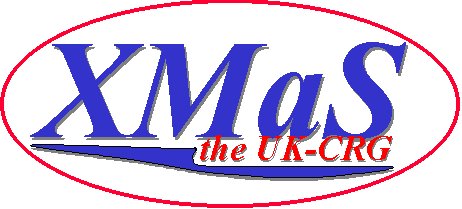Overview
Welcome to BM28

Visit our web site to find up-to-date information !!!
Synopsis
The beamline, situated on a ‘short-bend’ dipole magnet at the ESRF, comprises a unique combination of instrumentation for high resolution and (magnetic) single crystal diffraction. Focused monochromatic beam is the main mode of operation (2.035 - 48 keV). Unfocused monochromatic beam operation is also possible (5 - 48 keV). An 11-axis Huber diffractometer facilitates sample manipulation in vertical, horizontal or any scattering geometries. In addition to harmonic rejection mirrors, the beam can be further conditioned by various phase-plates and an in-vacuum polarisation analyser. A large suite of detectors is available: avalanche photo-diodes (APD), Si drift diodes (Ketek, Vortex), 2D pixel detectors (Pilatus3 S 1M, Pilatus3 300k, Maxipix 2x2, Lambda 750k CdTe) and a MAR-165 CCD camera. Sample environment ranges from 1 K to 800 K (1200 K on request). A 1 T electromagnet and a 4 T superconducting magnet can be used in either vertical or horizontal scattering geometry. An in-vacuum 0.1 T electromagnet, originally designed for low energy x-ray reflectometry studies, is also available. Additionally, XMaS offers an electric field sample environment with potentials of ± 2 kV with temperatures down to 2 K in a 4 T magnetic field. A separate sample environment provides ± 10 kV down to 10 K in a 1 T field.
Two proposal calls:
-
early March and September (ESRF round)
-
early April and October (CRG round).

XMaS is a project of the Universities of Warwick and Liverpool, funded by EPSRC, the UK Engineering and Physical Sciences Research Council.



